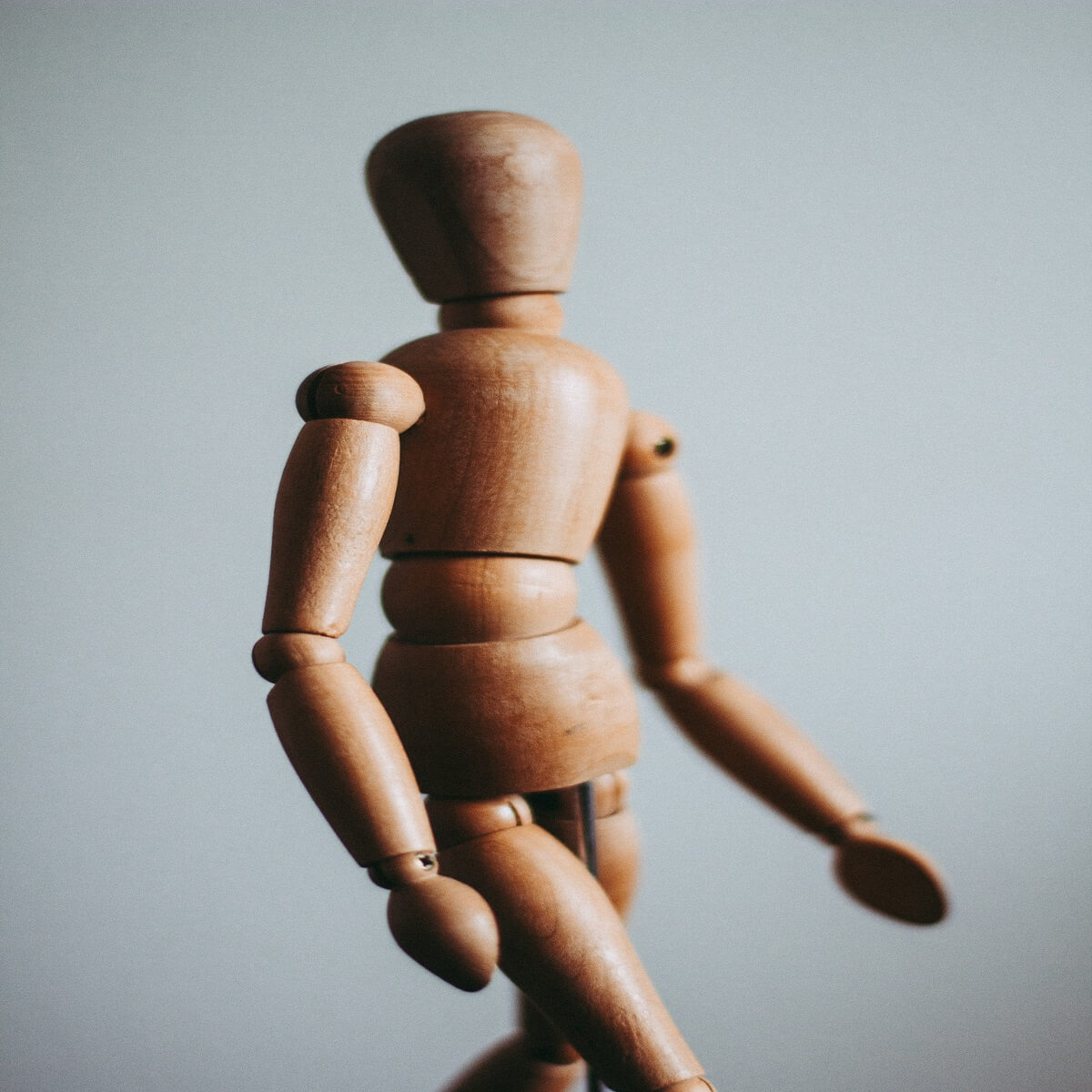
A substantial recovery was observed between 6 months and 2.5 years after the peripheral nerve injury. The mean amplitude of the PAD elicited in these fibers was significantly increased relative to the PAD elicited in muscle spindle afferents from intact preparations (from 0.08–0.4 to 0.47-0.34 mV). Quite unexpectedly, we found that, between 2 and 12 weeks after crushing the MG nerve, stimulation of the bulbar reticular formation (RF) produced PAD in most afferent fibers reconnected with muscle spindle afferents. The mean amplitude of the PAD elicited in afferent fibers reconnected with muscle spindles was increased relative to values obtained from Ia fibers in intact (control) preparations, but remained essentially the same in fibers reconnected with tendon organs.

Two to twelve weeks after crushing the MG nerve, stimulation of the PBSt produced PAD in all MG fibers reconnected with presumed muscle spindles and tendon organs. Medial gastrocnemius (MG) afferents were depolarized by stimulation of group I fibers in the posterior biceps and semitendinosus nerve (PBSt), as soon as 2 weeks after crushing their axons in the periphery, in some cases before they could be activated by physiological stimulation of muscle receptors.

In the anesthetized cat we have analyzed the changes in primary afferent depolarization (PAD) evoked in single muscle spindle and tendon organ afferents at different times after their axons were crushed in the periphery and allowed to regenerate.


 0 kommentar(er)
0 kommentar(er)
